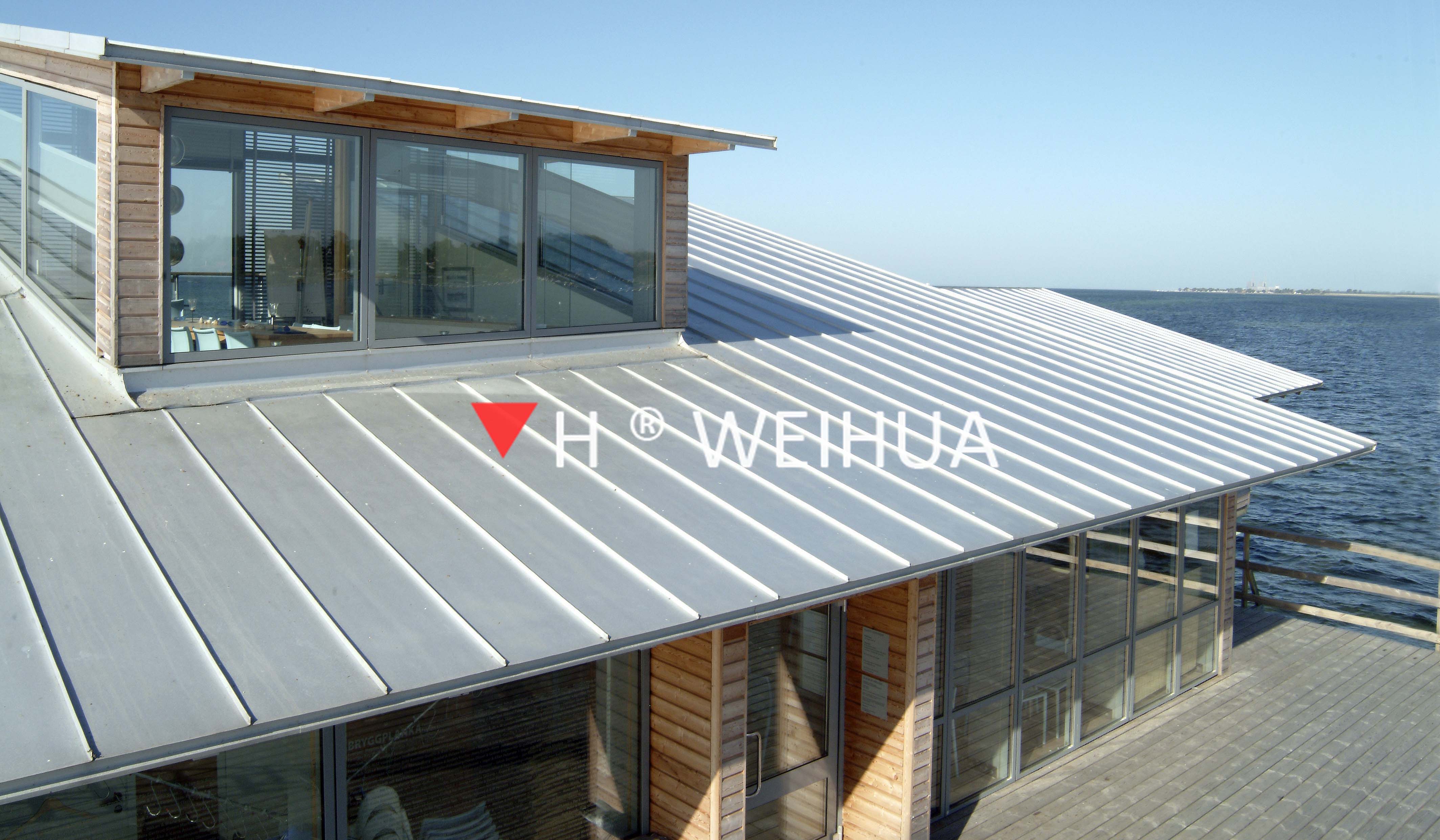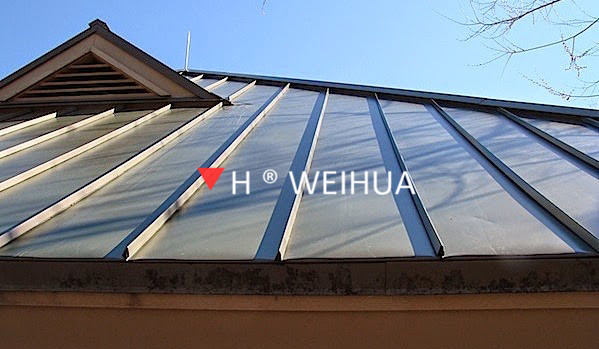To study the desired functionality of an insert there is a requirement of transferring them from one vector to another, this procedure of transferring is known as subcloning. Steps of the Subcloning:
- Release and purify your insert from the parent vector
- Ligate this insert into a prepared destination vector
- Transform this ligation reaction into competent bacterial cells
- Screen the transformed cells for the insert
Different Subcloning Strategies:
For any work on subcloning some prerequisite knowledge about the vector and insert is necessary.
The information about the RE sites available in the parent vector multiple cloning regions, RE sites available the insert (in case of inset digestion). Also information about the recurrence of RE sites in destination vector multiple cloning regions and RE sites in the insert.
Depending on the different combination of these sites, the subcloning strategy to be used is decided.
✦ Common Restriction Sites
A straightforward subcloning process can be utilized if the parent and destination vector multiple cloning regions contain common restriction sites and neither of these restriction sites occurs within your insert.
Both the parent and destination vectors are digested using same two enzymes. This is followed by dephosphorylation of the destination vector. Separate both the insert and the dephosphorylated vector using an agarose gel. Then purify insert vector using any DNA purification system. Finally, these vectors and inserts are ligated.
✦ Moving Inserts with Compatible Restriction Sites
There are cases when restriction sites in the parent and destination vector multiple cloning regions are not common but may be compatible. Compatible restriction sites have the same overhang sequence and can be ligated together.
After ligation, the regenerated sites does not resemble both restriction sites in the parent and destination vector multiple cloning regions. Once the necessary enzymes for the ligation and restriction are identified. This cloning strategy also becomes straightforward.
✦ Moving Inserts with Only One Common Site
The combination of common restriction sites leads to a possibility to only one match on one side of your insert. The issue should be addressed on the other side of the insert. A cut-blunt-cut can be used.
The action of T4 DNA Polymerase can blunt any restriction site. Digest the parent vector and blunt that site with T4 DNA Polymerase. Run the products on a gel, purify and proceed with the common or compatible end restriction enzyme digestion.
Most vectors have at least one blunt-ended restriction site that can accept the newly created blunt end from the insert.
If you don’t have such a site or the site would not be in the correct orientation, the same “cut-blunt-cut” strategy may be applied to the destination.
✦ Blunt-End Method
The final scenario of no common restriction site is common or compatible with the parent or destination vector.
IN this scenario the best strategy is to amplify the insert with restriction sites in the primers to provide the compatibility. But this method has an own set of problems.
There is a possibility of mutations. Also, there is a lot of difficulty in the digestion of the PCR products. One more strategy can be used in this scenario. Cut out the insert with any enzymes.
Treat with T4 DNA Polymerase to blunt either 5′ or 3′ overhangs and ligate into t
















